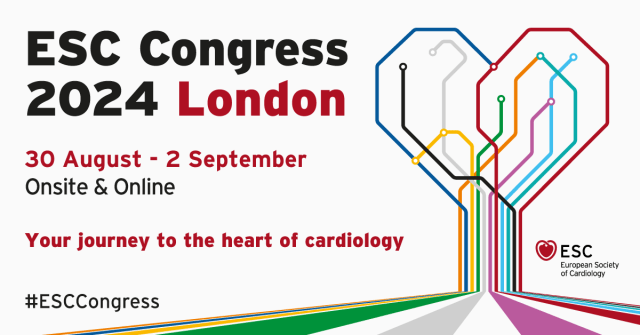Researchers conducted an international, randomized, parallel-group study with a superiority design over a 16-week period. The doses of perindopril, indapamide, amlodipine, and bisoprolol (P/I/A/B) evaluated were 10/2.5/5/5 mg and 10/2.5/10/5 mg.

Patients underwent an 8-week run-in phase during which they received triple therapy with P/I/A. Those who continued experiencing hypertension were randomized 1:1 to receive treatment for another 8 weeks.
The study included 183 patients from 13 countries, with an average age of 57 years, 47% of whom were women. The baseline office blood pressure was 150.3 mmHg.
The study results concluded that the quadruple therapy single pill was superior in reducing blood pressure, with a good safety profile in resistant hypertension patients.
Superiority was consistent in office blood pressure measurement (−8.04 mmHg; 95% confidence interval [CI] −11.99 to −4.09; p<0.0001), 24-hour blood pressure (−7.53 mmHg; 95% CI −10.95 to −4.11; p<0.0001), and normalized home control in 51.2% of patients compared to 20.7% in favor of quadruple therapy (p<0.0001).
Presented by Stefano Taddie at the Hot-Line Sessions, ESC Congress 2024, August 30-September 2, London, England.
Subscribe to our weekly newsletter
Get the latest scientific articles on interventional cardiology





